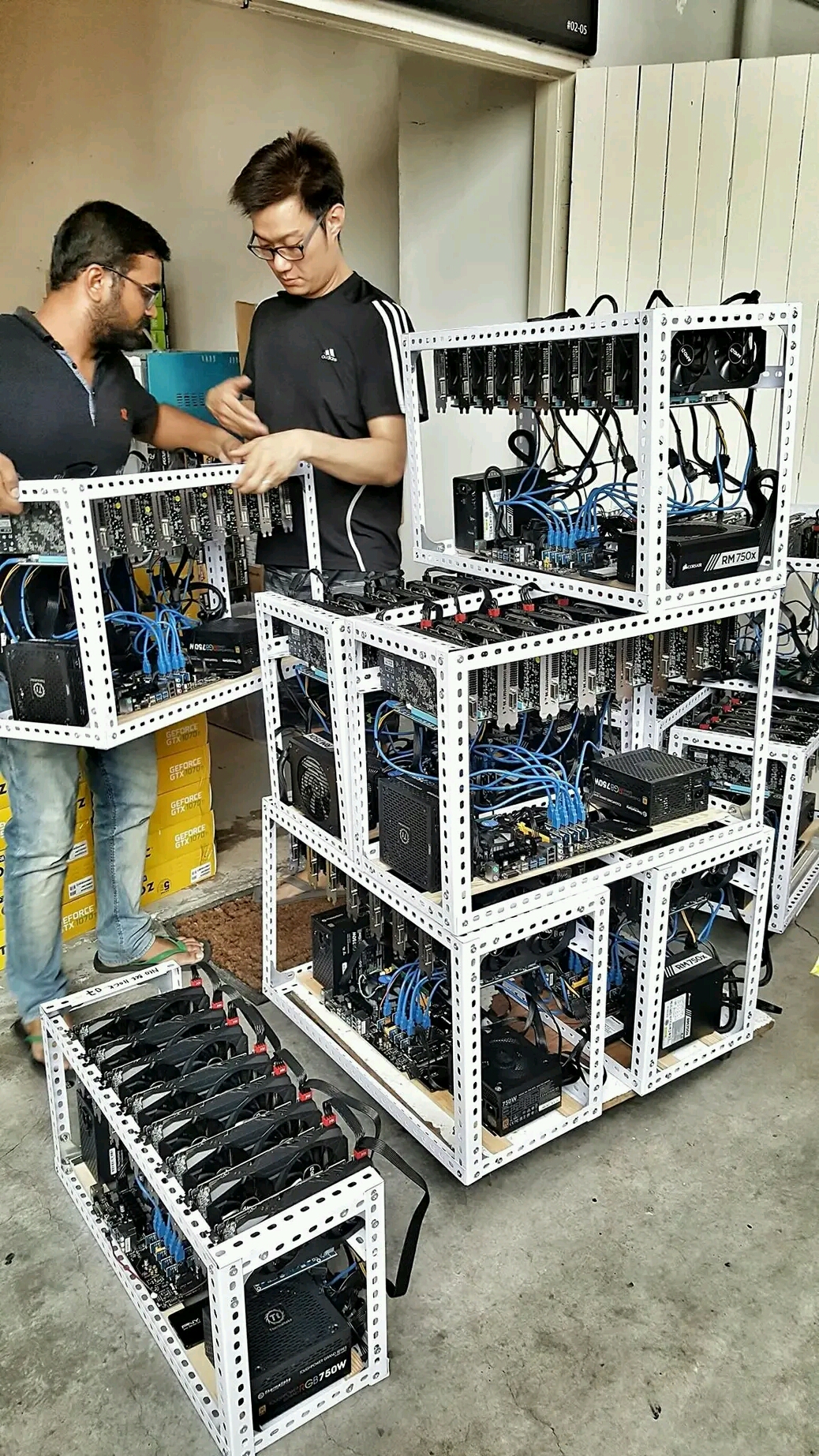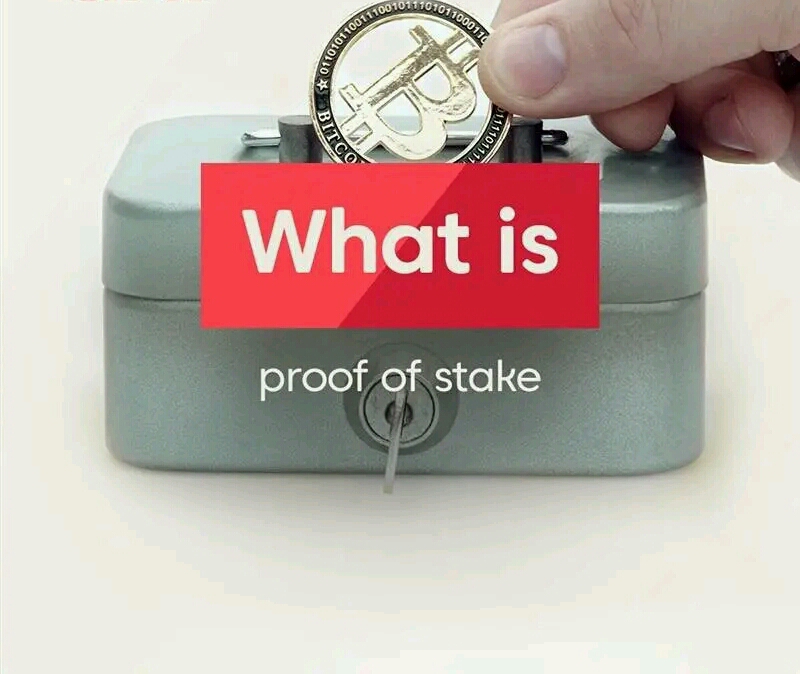WHAT ARE CRYPTOCURRENCY MINING AND STAKING AND HOW DO THEY WORK?

WHAT ARE CRYPTOCURRENCY MINING AND STAKING AND HOW DO THEY WORK?
In this article, titled; WHAT ARE CRYPTOCURRENCY MINING AND STAKING AND HOW DO THEY WORK? We shall be discussing two main topics; Cryptocurrency Mining And Cryptocurrency Staking. Let’s start with Cryptocurrency Mining.
What Is Cryptocurrency Mining?
Cryptocurrency Mining is the process by which networks of specialized computers generate and release new Bitcoin and verify new transactions.
Cryptocurrency Mining is the process that Bitcoin and several other cryptocurrencies use to generate new coins and verify new transactions.
Cryptocurrency mining is one of the most commonly used methods of validating transactions that have been executed over a blockchain network.

Not only does blockchain work to protect transaction data through encryption, as well as store this data in a decentralized manner (i.e., on hard drives and servers all over the world) so as to keep a single entity from gaining control of a network, but also the primary goal is to ensure that the same crypto token isn’t spent twice.
In effect, “mining” is one means of making sure that cryptocurrency transactions are accurate and true, such that they can never be compromised in the future.
It involves vast, decentralized networks of computers around the world that verify and secure blockchains – the virtual ledgers that document cryptocurrency transactions. In return for contributing their processing power, computers on the network are rewarded with new coins. It’s a virtuous circle: the miners maintain and secure the blockchain, the blockchain awards the coins, the coins provide an incentive for the miners to maintain the blockchain.

HOW DOES CRYPTOCURRENCY MINING WORK?
Cryptocurrency mining itself refers to a type of validation model known as “proof-of-work” (PoW). There are two common validation types, and we’ll look at the other, known as proof-of-stake, in a moment.
In the PoW model — which bitcoin, Ethereum, Bitcoin Cash, and Litecoin use, to name a few — individuals, groups, or businesses compete with one another with high-powered computers to be the first to solve complex mathematical equations that are essentially part of the encryption mechanism.
These equations correspond to a group of transactions, which is known as a block. The first individual, group, or business that solves these transactions, and in the process validates the accuracy of these transactions within a block, receives a “block reward.” A block reward is paid out as digital tokens of the currency that’s being validated.
As an example, the current block reward for bitcoin is 12.5 tokens. That means whoever is the first to correctly solve equations for a block is paid 12.5 tokens. With bitcoin near $9,500 per coin, that works out to a nearly $119,000 haul.
There are three primary ways of obtaining bitcoin and other cryptocurrencies. You can buy them on an exchange like Coinbase, receive them as payment for goods or services, or virtually “mine” them. It’s the third category that we’re explaining here, using Bitcoin as our example.
You might have considered trying bitcoin mining yourself. A decade ago, anyone with a decent home computer could participate. But as the blockchain has grown, the computational power required to maintain it has increased. (By a lot: In October 2019, it required 12 trillion times more computing power to mine one bitcoin than it did when the first first blocks were mined in January 2009.) As a result, amateur bitcoin mining is unlikely to be profitable for hobbyists these days.
– Virtually all mining is now done by specialized companies or groups of people who band their resources together. But it’s still good to know how it works.
– Specialized computers perform the calculations required to verify and record every new bitcoin transaction and ensure that the blockchain is secure. Verifying the blockchain requires a vast amount of computing power, which is voluntarily contributed by miners.
– Bitcoin mining is a lot like running a big data center. Companies purchase the mining hardware and pay for the electricity required to keep it running (and cool). For this to be profitable, the value of the earned coins has to be higher than the cost to mine those coins.
WHAT MOTIVATES MINERS?
The network holds a lottery. Every computer on the network races to be the first to guess a 64-digit hexadecimal number known as a “hash.” The faster a computer can spit out guesses, the more likely the miner is to earn the reward.
The winner updates the blockchain ledger with all the newly verified transactions – thereby adding a newly verified “block” containing all of those transactions to the chain – and is granted a predetermined amount of newly minted bitcoin. (On average, this happens every ten minutes.) As of late 2020, the reward was 6.25 bitcoin – but it will be reduced by half in 2024, and every four years after. In fact, as the difficulty of mining increases, the reward will keep decreasing until there are no more bitcoin left to be mined.
There will only ever be 21 million bitcoin. The final block should theoretically be mined in 2140. From that point forward, miners will no longer rely on newly issued bitcoin as reward, but instead will rely on the fees they charge for making transactions.
WHY IS MINING IMPORTANT?
Beyond releasing new coins into circulation, mining is central to Bitcoin’s (and many other cryptocurrencies’) security. It verifies and secures the blockchain, which allows cryptocurrencies to function as a peer-to-peer decentralized network without any need for oversight from a third party. And it creates the incentive for miners to contribute their computing power to the network.
WHAT ARE CRYPTOCURRENCY MINING AND STAKING AND HOW DO THEY WORK?

WHAT IS CRPTOCURRENCY STAKING?
The process of staking is similar to mining, which is the process by which transactions are verified and added to the distributed ledger in cryptocurrencies like Bitcoin. However, unlike mining, which requires specialized hardware and a lot of electricity, staking can be done with a regular computer and doesn’t require a lot of resources.
In order to stake cryptocurrency, an individual or organization must first acquire a certain amount of the cryptocurrency and hold it in a wallet. They can then use their computer to help maintain the distributed ledger by participating in the consensus process that ensures the integrity of the ledger. This typically involves running specialized software and participating in the voting process to determine which transactions should be added to the ledger.
In return for their service, stakers are rewarded with a share of the cryptocurrency that they are staking. The exact amount of the reward will depend on the specific cryptocurrency and the staking mechanism used, but it is generally proportional to the amount of cryptocurrency that is staked.
HOW TO STAKE CRYPTOCURRENCY
Staking cryptocurrency may seem a little confusing the first time around, but it’s a simple process once you get the hang of it.
Here’s how to stake crypto step by step:
1.BUY A CRYPTOCURRENCY THAT USES PROOF OF STAKE.

As previously noted, not all cryptocurrencies offer staking. You need a cryptocurrency that validates transactions with proof of stake. Here are a few of the major cryptocurrencies you can stake and a little bit about each one. E.g Solana,Tron,tezos etc.
2.TRANSFER YOUR CRYPTO TO A BLOCKCHAIN WALLET.
After you buy your crypto, it will be available in the exchange where you purchased it. Some exchanges have their own staking programs with select cryptocurrencies. If that’s the case, you can just stake crypto directly on the exchange.
Otherwise, you’ll need to move your funds to a blockchain wallet, also known as a crypto wallet. Wallets are considered the best way to safely store cryptocurrency.
3.JOIN A STAKING POOL.
While staking can work differently depending on the cryptocurrency, most use staking pools. Crypto traders combine their funds in these staking pools to have a better chance of earning staking rewards.
Reliability: You don’t earn rewards while your staking pool’s servers are down. Pick one that has an uptime as close to 100% as possible.
Reasonable fees: Most staking pools take a small cut of the staking rewards as a fee. Reasonable amounts depend on the cryptocurrency, but 2% to 5% is common.
Size: Smaller pools are less likely to be chosen to validate blocks but offer larger rewards when they are chosen since they don’t need to divide rewards as much. You don’t want a pool that’s too small and could potentially fail. On the other hand, some cryptos limit the amount of rewards a pool can earn, so the largest pools can become oversaturated. For most investors, mid-size pools are best.Once you’ve found a pool, stake your crypto to it through your wallet. That’s all you need to do, and you’ll start earning reward.
SEE ALSO : How Cryptocurrency Cloud Mining Scams Operate And How to Prevent Them?
Hope this post on WHAT ARE CRYPTOCURRENCY MINING AND STAKING AND HOW DO THEY WORK helps?
Comments are closed.